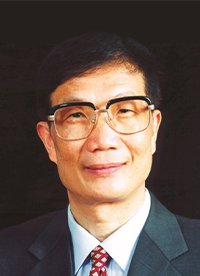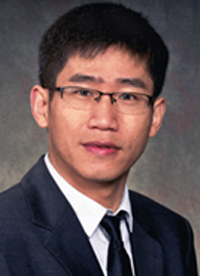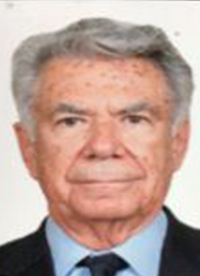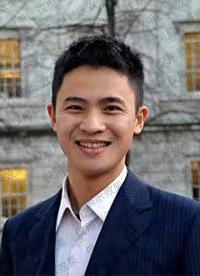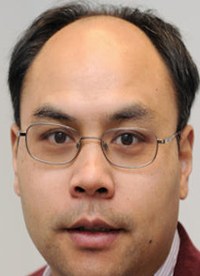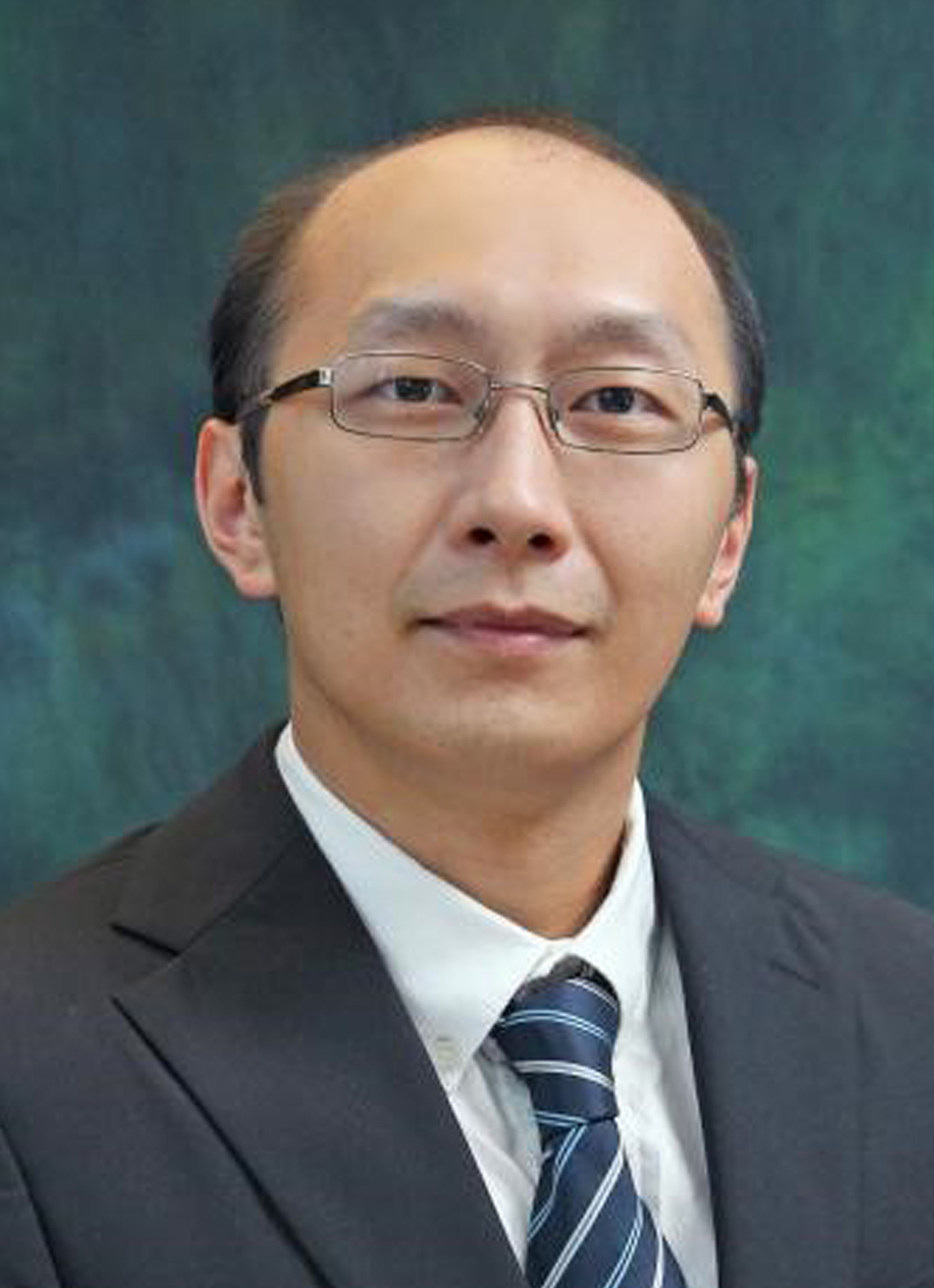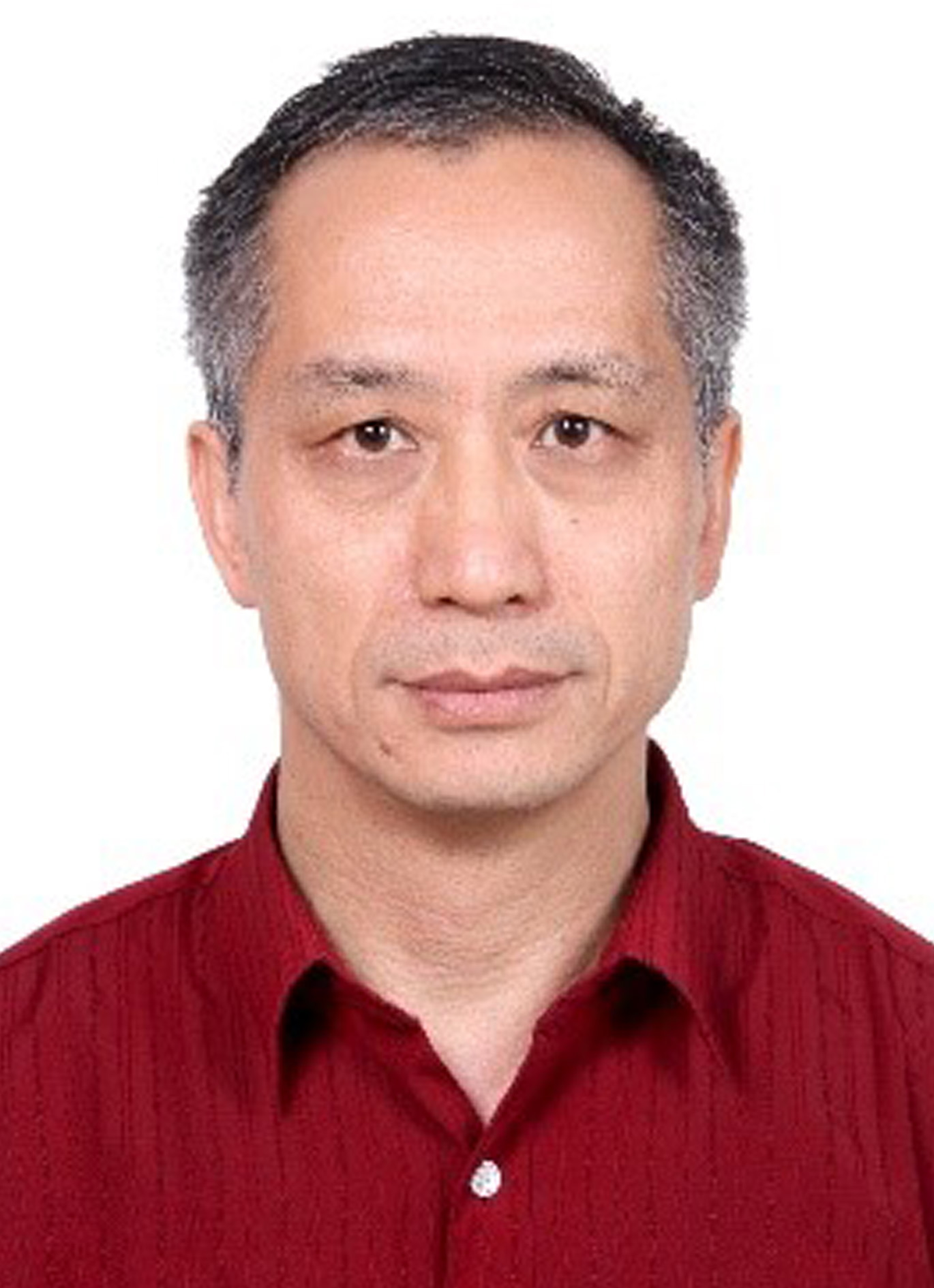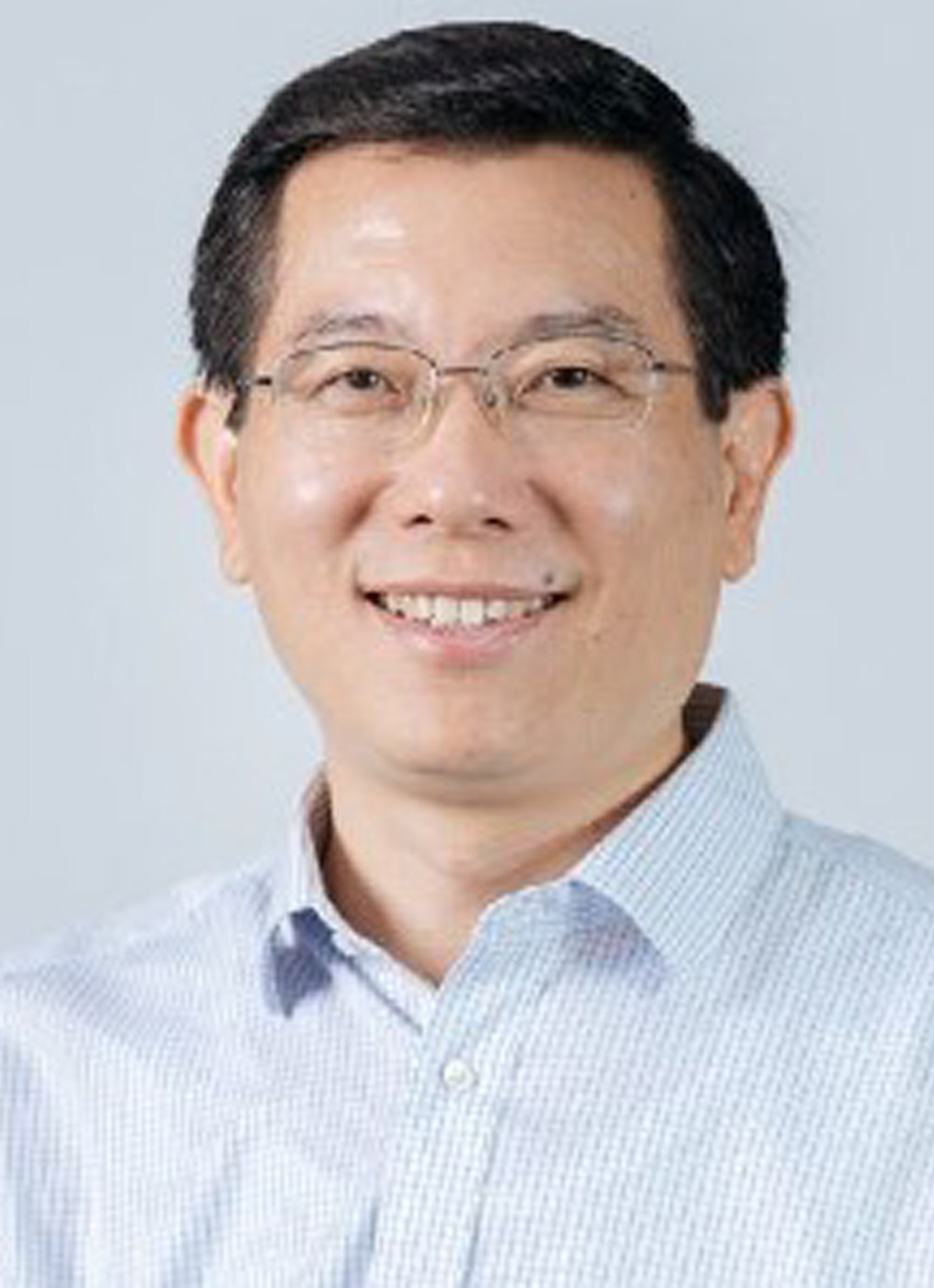
SPEAKERS |
Speakers |
Chinese Academy of Engineering, China | Profile: Delu Pan is an academician of the Chinese Academy of Engineering, editor-in-chief of the Journal of Oceanography, Vice Chairman of the Chinese Society for Oceanography, and member of the International Ocean Color Remote Sensing Expert Group, and the pioneer of the development of marine remote sensing science and technology in China. He has made creative achievements and significant contributions in atmospheric correction, inversion model, and application technology of ocean water color remote sensing, as well as the simulation theory, system establishment, and application of remote sensing satellite application effects. His body of work includes over 140 publications both domestically and internationally, playing a pivotal role in pioneering and advancing the fields of ocean color remote sensing and remote sensing simulation science in China. In 1994, he received the prestigious title of “Young and Middle-aged Scientist with Outstanding Contributions” from the state. In 1997, he was granted a special allowance by the State Council. In 2000, he earned the “863” Project Important Contribution Award from the Ministry of Science and Technology. In 2002, he was honored with the Remote Sensing Science Achievement Award by the Society of Photo-Optical Instrumentation Engineers. In 2003, he received the National Special Prize for Scientific and Technological Progress (Individual) in recognition of his remarkable contributions to the field of manned spaceflight. Within more than 30 years of scientific research work, he has won five first prizes and eight second prizes for provincial and ministerial scientific and technological progress. |
International Eurasian Academy of Sciences | Profile: Yong Xue is an academician of the International Eurasian Academy of Sciences and a corresponding academician of the International Academy of Astronautics. He was selected for the National High-level Talent Program, Double-creative Talents and Team Leaders Programs in Jiangsu Province.He was honored with the title of “British Royal Physicist”. He also serves as Deputy Director of the First Digital Energy Professional Committee of China National Committee of the International Society for Digital Earth and Deputy Director of the Big Data and Artificial Intelligence Working Committee of the Chinese Societyfor Geodesy Photogrammetry and Cartography. He is currently the editorial board member of the International Journal of Remote Sensing (SCI Journal) and the director of the Energy and Environment Remote Sensing Big Data Center of China University of Mining and Technology. |
Ruisheng Wang University of Calgary, Canada | Profile: Dr. Ruisheng Wang is a professor in the Department of Geomatics Engineering at the University of Calgary which he joined in 2012. Before that, he worked as an industrial researcher at HERE Technologies (formerly NAVTEQ) in Chicago, USA since 2008. His primary research focus there was mobile LiDAR data processing for next-generation map making and navigation. Dr. Wang holds a Ph.D. in Electrical and Computer Engineering from McGill University, an M.Sc.E.in Geomatics Engineering from University of New Brunswick, and a B.Eng. in Photogrammetry and Remote Sensing from Wuhan University, respectively. |
National Autonomous University of Mexico (UNAM), Mexico | Profile: He is a Professor of Institute of Geophysics and the Institute of Applied Mathematics (IIMAS). He obtained MSc and PhD from University of California, Berkeley in 1972 and 1974, respectively. He joined the National Autonomous University of Mexico (UNAM) in 1974. In the 1989-1997 periods, he was director of the Institute of Geography. He was the Principal Investigator of NASA’s Lunar Sample Program in the 1975-1977 periods. He has directed and participated in numerous projects, in Mexico and abroad. He collaborates with graduate students and post-graduate doctorates in Geothermic, Volcanology, Magnetotellurics, Remote Sensing, and Gravity and Magnetic Modelling. His editorial activities range from coordinating Special Issues, International Memoires and Bulletins, General Rapporteur, and Editorial Adviser. He has published research articles consistently throughout his academic career and is member of various academic evaluation committees. |
University College London, England | Profile: Huanfa Chen is currently a Lecturer in Spatial Data Science at the University College London. He obtained the PhD degree in Geographical Information Science from SpaceTimeLab at University College London in 2019. He won the Roger Tomlinson dissertation award in 2018, which was awarded to the best PhD dissertation in GIS at UCL. He has published many papers in academic journals and international conferences about GIS and urban analytics. Dr. Chen research address contemporary challenges in the planning and operations of urban services, incl. police, healthcare, and transport which has contributed to advancing network based GIScience and improving urban service efficiency. His research has been sponsored by UCL, EPSRC, and AGILE. He is in editorial board of different GIS journals as editor and reviewer such as Geo-Spatial Information Science, International Journal of Geographical Information Science, Computers Environment and Urban Systems, and Environment and Planning B. |
Gorge Mason University, USA | Profile: Chaowei Phil Yang is Professor of Geographic Information Science at George Mason University. His research focuses on utilizing spatiotemporal principles to optimize computing infrastructure to support science discoveries and engineering development. He has proposed several research frontiers including distributed geographic information processing, geospatial cyberinfrastructure, and spatial computing and further consolidated through his academic activities. He has been funded as PI by multiple resources such as NSF and NASA with over $7M expenditures and participated in projects total over $20M. He published over 100 papers, edited 3 books and 10 special issues. His publications are among the top five cited papers of IJDE and CEUS. His PNAS spatial computing definition paper is captured by Nobel Intent Blog in 2011. He has led several teams who impact GIScience profoundly. For example, the 8-member team who developed one of the first WebGIS and created 3 companies including the first Chinese GIS company trading in NYSE. He led a 3-member team who developed GeoServNet as one of the origins of Virtual Earth/Bing Maps. Six of his advisees serve as tenure line Professors in the U.S. and 10+ as Professors in China including top geography departments such as Wisconsin-Madison and Wuhan Univ. He also served in many public positions including the President of the CPGIS (2004-2005) and the co-founding chair (2009-2010) of AAG CISG. He received multiple national and international awards including the environment protection stewardship award given by President Obama. He founded the CISC and the NSF spatiotemporal innovation center with over $2M/year research funding to build the spatiotemporal infrastructure for advancing a) human intelligence through spatiotemporal thinking, b) computer software and tools through spatiotemporal computing, and c) human capability of responding to deep scientific questions and grand engineering challenges through spatiotemporal applications. |
TRE-Altamira, Barcelona, Spain | Profile: Dr. Roberto Montalti PhD thesis topic was related to monitor and map geo-hazards at regional scale (Tuscany Region and Valle d’Aosta Region, Italy), using satellite interferometry, by means of SqueeSAR algorithm. The goal was to highlight, describe, map and catalog landslides, subsidence and uplift effects, for risk management and Civil Protection purposes, combining satellites interferometry data retrieved by Sentinel-1 constellation and ancillary data from regional authorities such as: regional landslide map, regional subsidence map. Currently, he is employed at TRE-Altamira as InSAR specialist, focused on mining sector, urban areas and mountainous environment. his last scientific researches were related the study of the Cumbre Vieja eruption in Tenerife (Spain), looking at the evolution of the volcanic area before the eruption, and the study related to the soil deformation in the UGS sites (Underground Gas Storage), connected with the gas injection and withdrawal activities. |
DICEAA, Department of Civil, Environmental Engineering and Architecture, Italy | Profile: The research activities of her group are in the field of surveying and processing geospatial data aimed at the characterization and analysis of structures, infrastructures and territory and whose results, managed through GIS platforms and / or Web GIS, represent a fundamental support for a SMART management of the territory. Geomatic survey techniques allow analysis at different scales ranging from remote sensing via optical satellite images and radar for the survey of extended areas (crop analysis, coastal erosion, land analysis via radiometric indices, DInSAR monitoring, GNSS monitoring etc.) up to three-dimensional high-resolution survey of confined elements via drone or terrestrial photogrammetry and laser scanner, environmental and structural monitoring via GNSS, total station and precision leveling. In the last period artificial intelligence algorithms for land analysis and cultural heritage are being tested. |
The Hong Kong Polytechnic University, China | Profile: Wei Yao, Ph.D., is a professor at The Hong Kong Polytechnic University, mainly engaged in multimodal 3D remote sensing reconstruction and perception of spatiotemporal behavior of geospatial objects, image processing and analysis, pattern recognition, and related environmental and industrial applications, such as landslide/glacier and ecosystem mapping, indoor mobile mapping and navigation and smart city management, water depth water quality retrieval, environmental information sensor fusion. |
The Chinese University of Hong Kong, China | Profile: Yuanzhi Zhang has been engaged in research related to coastal remote sensing. He has presided over more than 20 scientific research projects such as the National Natural Science Foundation of China and the National Key Research and Development Program. And published many monographs on marine remote sensing, including "Sea Level Rise and Coastal Infrastructure" and " Principles and Applications of Ocean Remote Sensing", with many years of teaching and scientific research experience. In recent years, he has combined artificial intelligence with remote sensing. While shortening the interpretation cycle of remote sensing images and improving the accuracy of interpretation, he has also achieved some innovative results in the field of environmental remote sensing monitoring. His key research areas include coastal water quality, sea level change monitoring, offshore sea environment parameter algorithms, coastal environment and polar environment remote sensing monitoring. Specifically, it includes using tidal data to estimate the time-scale behavior of sea level change, reconstructing sea surface temperature, chlorophyll concentration and suspended matter concentration based on DINCAE algorithm, establishing an automatic extraction algorithm for coastal zone land cover types based on multispectral remote sensing data and SAR data, and building nearly 20 years of melting pool coverage datasets based on MODIS image and machine learning techniques. |
The Chinese University of Hong Kong, China | Profile: Huang Bo is a Professor in the Department of Geography and Resource Management at The Chinese University of Hong Kong, where I also serve as the Associate Director of the Institute of Space and Earth Information Science (ISEIS). Before this, he held faculty positions at the University of Calgary, Canada (Geomatics) and the National University of Singapore (Transportation). His academic background and experience span diverse disciplines, including urban planning, computer science, Geographic Information Systems (GIS), and remote sensing. His research interests are broad, covering most aspects of GIScience. Specifically, he focus on designing and developing models and algorithms for spatial/spatio-temporal statistics, unified satellite image fusion, and multiobjective spatial optimization. He apply these methods in environmental monitoring and sustainable land use and transportation planning. I serve as the Asia-Pacific Editor of the International Journal of Geographical Information Science (Taylor & Francis) and the Editor-in-Chief of Comprehensive GIS (Elsevier), a three-volume GIS sourcebook. He devised the Geographically and Temporally Weighted Regression (GTWR) model (Huang et al., 2010), which has now been applied to a wide range of areas, including economics, environment, geography, ecology, and urban planning. The industry has also adopted this model, and his team has received sponsorship to further develop it for smart city applications. Currently, He is exploring geospatial big data to address urban environmental problems. In 2015, He was appointed the Chief Scientist of theJoint Laboratory of Smart Cities (Beijing) and awarded the Chang Jiang Scholar (Chair Professorship 2015) by the Ministry of Education of PR China. |
